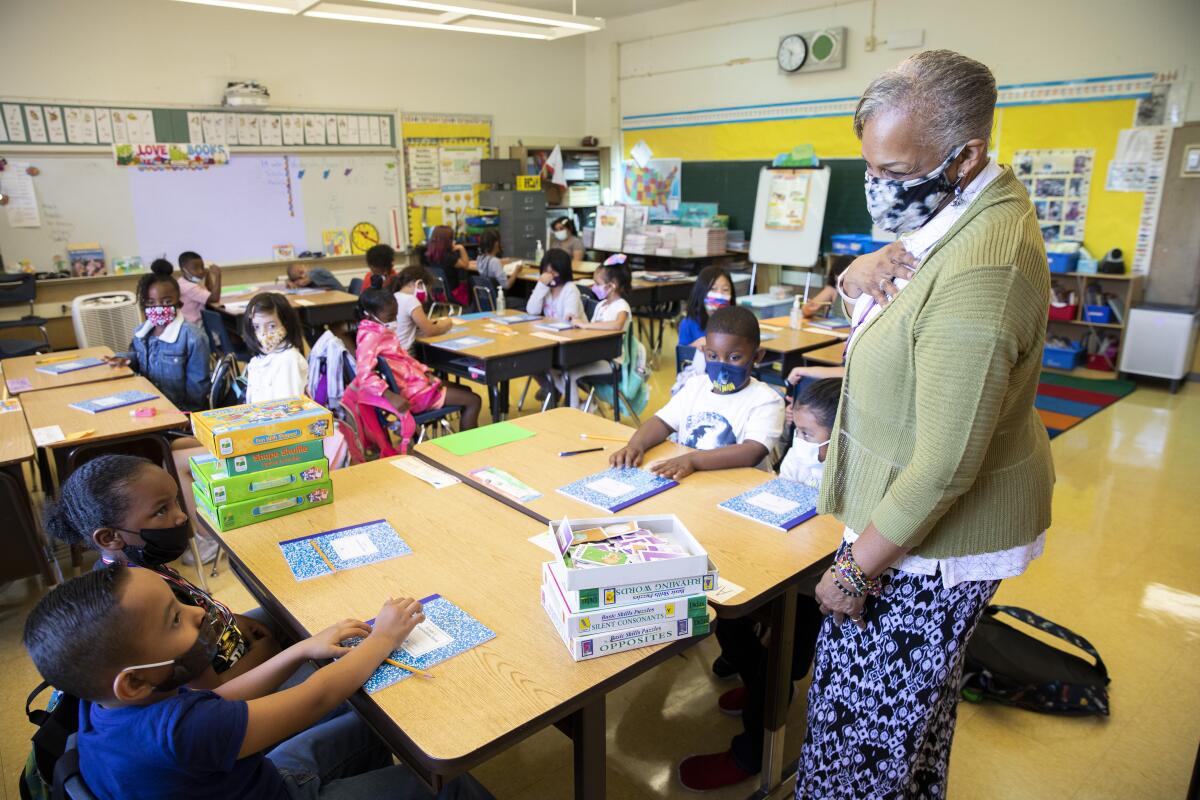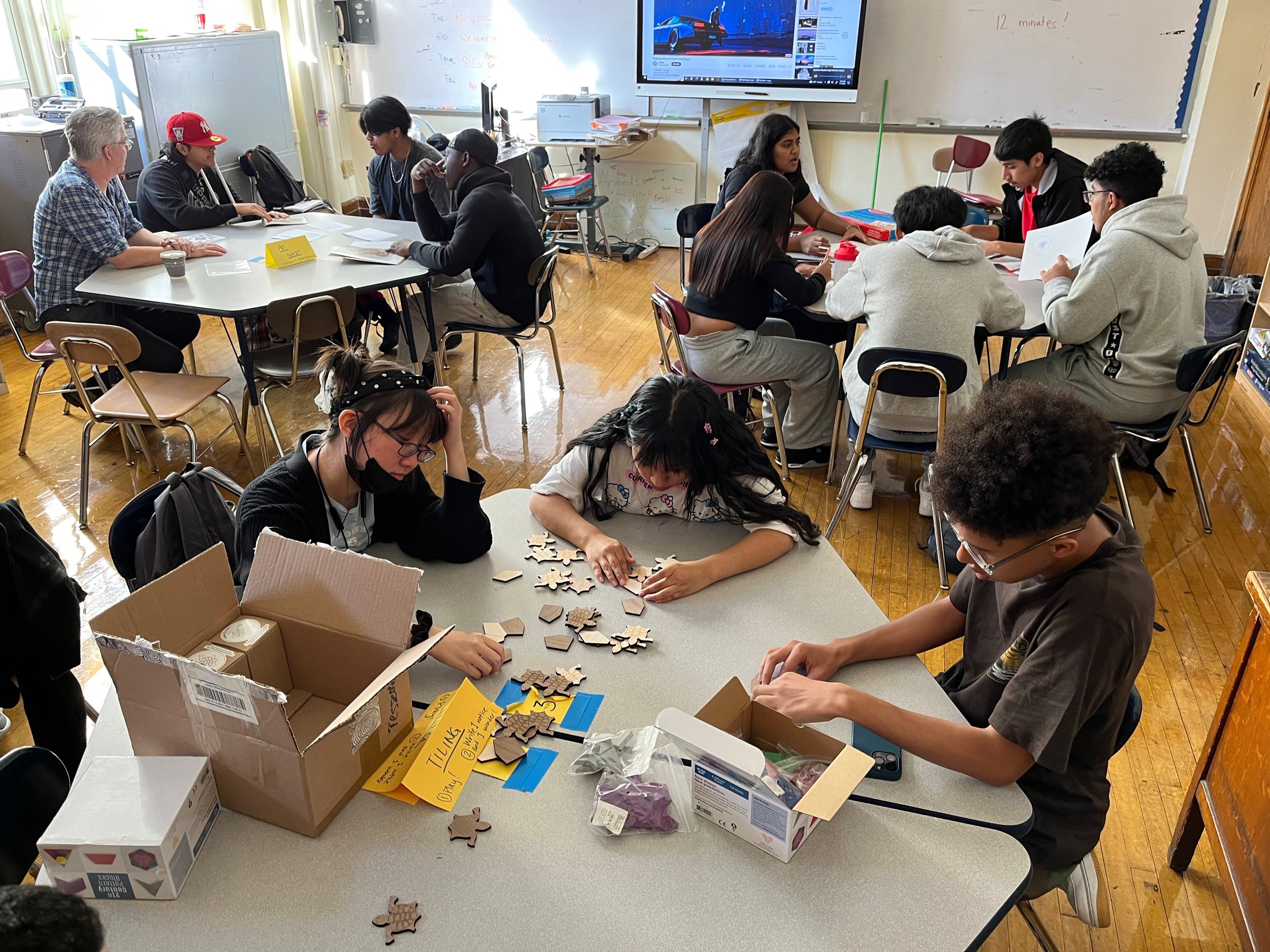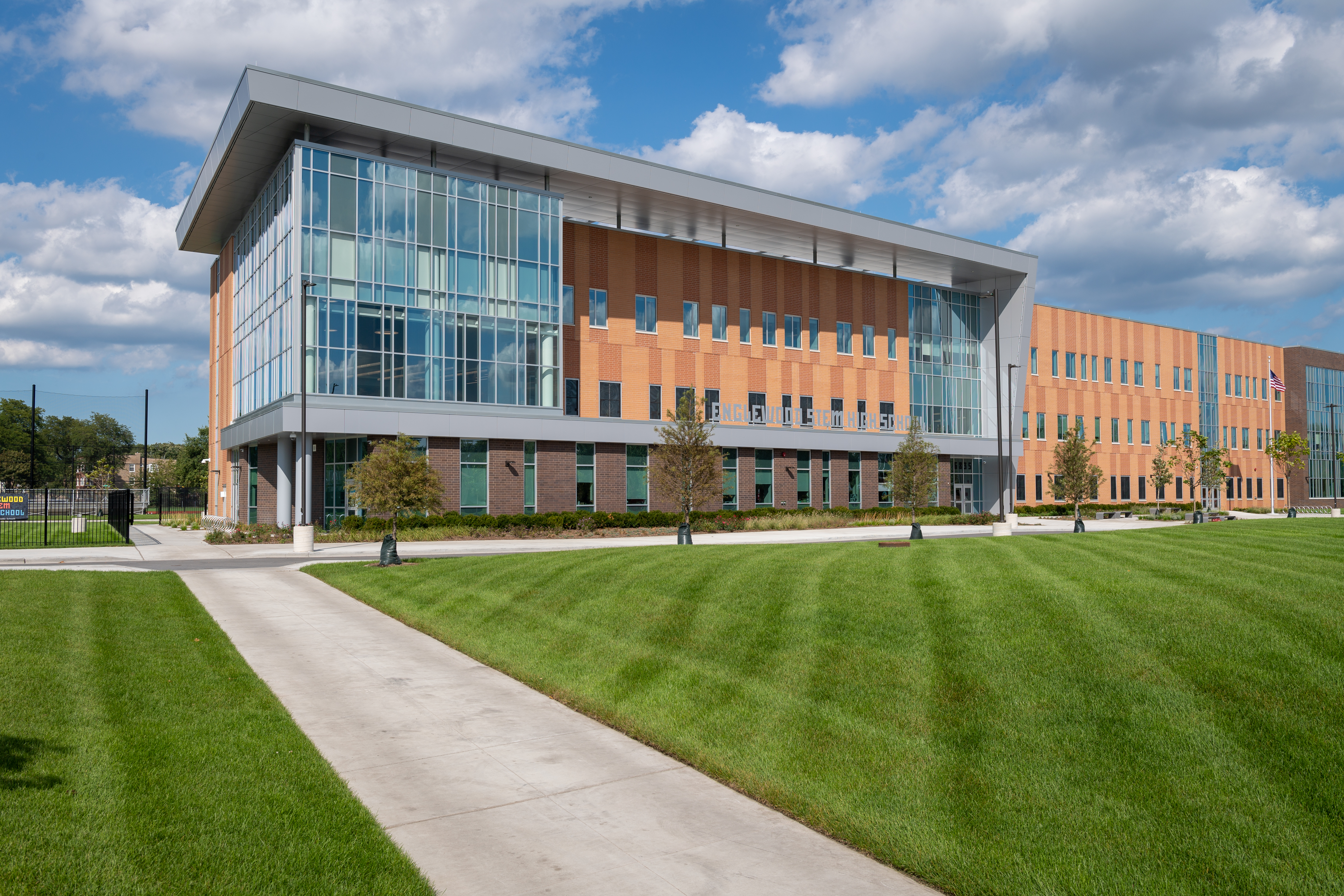The Influence of College Environments on Academic Success and Personal Health
The school environment dramatically influences both scholastic success and personal well-being, incorporating aspects such as physical format, class environment, and social dynamics. The layout of instructional areas, including natural lights and ergonomic furniture, can boost trainees' concentration and comfort. The top quality of teacher-student connections and the nature of peer interactions play critical functions in cultivating an atmosphere conducive to discovering and emotional support. Comprehending just how these numerous aspects interplay to form trainee end results elevates important questions regarding optimizing instructional settings for holistic development. Just how can institutions tactically improve these facets to much better support their students?
Physical Format and Style
Exactly how does the physical layout and design of an institution influence academic success? The setup and visual of a school environment can dramatically influence pupils' knowing results.
All-natural lighting and reliable ventilation systems are pivotal in improving cognitive function and lowering absence. Research studies have actually shown that classrooms with ample natural light enhance pupil focus and reduce sensations of sleepiness. Additionally, ergonomic furnishings tailored to pupils' needs can avoid physical pain, permitting extended emphasis and interaction in scholastic tasks.
Accessibility to outside spaces and visually pleasing environments additionally play an important duty - Save Temecula Schools. Green rooms and well-maintained college grounds give chances for workout and mental leisure, both of which are very important for keeping high degrees of academic performance. In significance, a thoughtfully developed physical atmosphere can work as a driver for scholastic excellence, cultivating an atmosphere that sustains both teaching and learning
Classroom Environment
A favorable class atmosphere is fundamental to achieving academic success. A setting that promotes a sense of safety and security, inclusivity, and shared regard motivates pupils to involve even more proactively in their understanding procedures. The atmosphere of a classroom, consisting of facets such as illumination, sound levels, and seating plans, can considerably impact student focus and inspiration. A well-ventilated, well-lit class with marginal disturbances can boost cognitive function and lower anxiety, consequently promoting far better scholastic end results.
Moreover, the classroom ambience must sustain a society of collaboration and open communication. When students really feel comfy sharing their ideas and asking inquiries, they are more probable to engage deeply with the product and develop important believing skills - Save Temecula Schools. Peer interactions and team activities can enhance knowing by providing varied perspectives and promoting teamwork
Additionally, establishing consistent routines and clear assumptions can create an organized setting that permits trainees to concentrate on their studies. By minimizing unpredictability and giving a foreseeable structure, pupils can much better manage their time and duties. Eventually, a favorable classroom atmosphere not just enhances academic efficiency yet likewise contributes to the total well-being of trainees, preparing them for future instructional and personal undertakings.
Teacher-Student Relationships
Structure on the importance of a positive class ambience, the partnerships in between students and instructors play an essential duty fit academic success. A healthy and balanced teacher-student partnership fosters a discovering setting where pupils really feel valued, understood, and sustained, which substantially improves their motivation and interaction. When pupils regard their instructors as empathetic and friendly, they are most likely to get involved actively in course and look for assistance when required, adding to a much deeper understanding of the topic.

This count on enables trainees to express their issues and concepts freely, fostering a collaborative learning atmosphere. In essence, solid teacher-student relationships are a keystone of academic success, playing a crucial function in both academic accomplishment and individual growth.
Peer Interactions
Peer interactions considerably influence academic success by shaping a pupil's social and cognitive development. Within the school setting, peer partnerships function as a fundamental component for learning and individual growth. Positive peer interactions can enhance a pupil's inspiration and engagement in academic activities through joint learning and common assistance. When students function with each other in group settings, they trade concepts, address problems jointly, and develop critical believing skills. Such interactions promote a sense of belonging and area, which is crucial for emotional wellness and scholastic perseverance.

Efficient peer communications additionally contribute to the advancement of important life abilities, such as teamwork, communication, and conflict resolution. These social expertises are vital for both scholastic success and personal wellness, underscoring the importance of cultivating positive peer characteristics within the school atmosphere.
Extracurricular Activities
Involving in extracurricular activities plays a pivotal role in a student's scholastic success and individual growth. Research study consistently indicates that pupils who get involved in extracurricular activities have a tendency to achieve greater academic performance.
In addition, extracurricular involvement promotes a feeling of belonging and area, which is essential for individual wellness. Taking part in team activities permits students to develop and reinforce social media networks, boosting their social and emotional review knowledge. These communications are vital for creating social skills that are useful in both academic and future expert atmospheres.
In addition, after-school activities supply a positive outlet for students to explore their rate of interests and enthusiasms beyond the typical educational program. This expedition can bring about the discovery of new skills and potential job paths, additionally encouraging pupils to engage even more deeply in their academic job. In final thought, the role of after-school activities extends beyond mere recreation; they are integral to cultivating an alternative educational experience that promotes both academic success and individual growth.
Verdict
In sum, the influence of institution settings on both academic success and individual wellness is profound. Thoughtfully designed physical formats and classrooms, together with favorable teacher-student relationships and useful peer interactions, substantially boost student motivation and involvement. Furthermore, the presence of helpful instructors can alleviate anxiety, cultivating a nurturing ambience for holistic development. These components jointly emphasize the importance of producing and keeping ideal college atmospheres for the benefit of pupils' personal and scholastic development.
Eventually, a positive class environment not only enhances academic efficiency however also adds to the general well-being of students, preparing them for future instructional and individual endeavors.
